
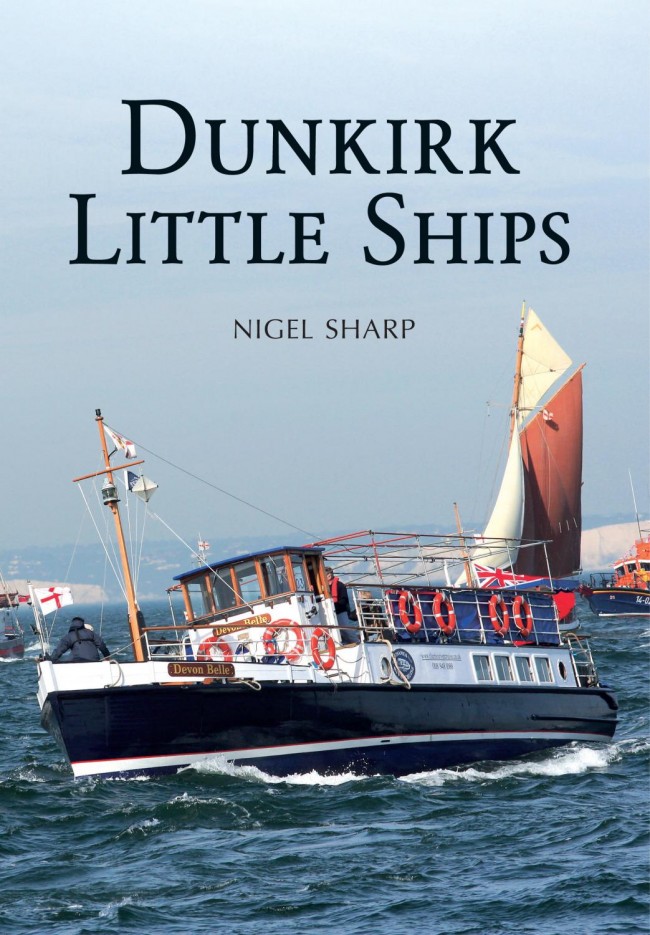 In May 1940, following the rapid advance of German troops through
Holland, Belgium and France, the British Expeditionary Force and French
army retreated to Dunkirk. Operation Dynamo was instigated in an attempt
to rescue as many of them as possible, but Winston Churchill - British
Prime Minister for barely a fortnight - doubted they would amount to
many more than 30,000. In a very short time, the Admiralty managed to
round up about 700 privately-owned boats which, along with 220 military
vessels, were able to help with the evacuation. With the harbour at
Dunkirk severely damaged, the majority of the smaller boats played an
essential role in ferrying troops from the gently-shelving beaches to
larger vessels waiting offshore. Over a period of nine days, an
astonishing 338,226 troops were brought safely back to Britain.
In May 1940, following the rapid advance of German troops through
Holland, Belgium and France, the British Expeditionary Force and French
army retreated to Dunkirk. Operation Dynamo was instigated in an attempt
to rescue as many of them as possible, but Winston Churchill - British
Prime Minister for barely a fortnight - doubted they would amount to
many more than 30,000. In a very short time, the Admiralty managed to
round up about 700 privately-owned boats which, along with 220 military
vessels, were able to help with the evacuation. With the harbour at
Dunkirk severely damaged, the majority of the smaller boats played an
essential role in ferrying troops from the gently-shelving beaches to
larger vessels waiting offshore. Over a period of nine days, an
astonishing 338,226 troops were brought safely back to Britain.
In 1965, 43 vessels which had taken part in the evacuation commemorated the 25th anniversary by crossing from Ramsgate to Dunkirk, and the Association of Dunkirk Little Ships was formed soon afterwards. A further fifty years on, over 120 Little Ships are still in commission and it is thought that hundreds of others may still survive.
This is their story.
https://www.amberley-books.com/dunkirk-little-ships.html
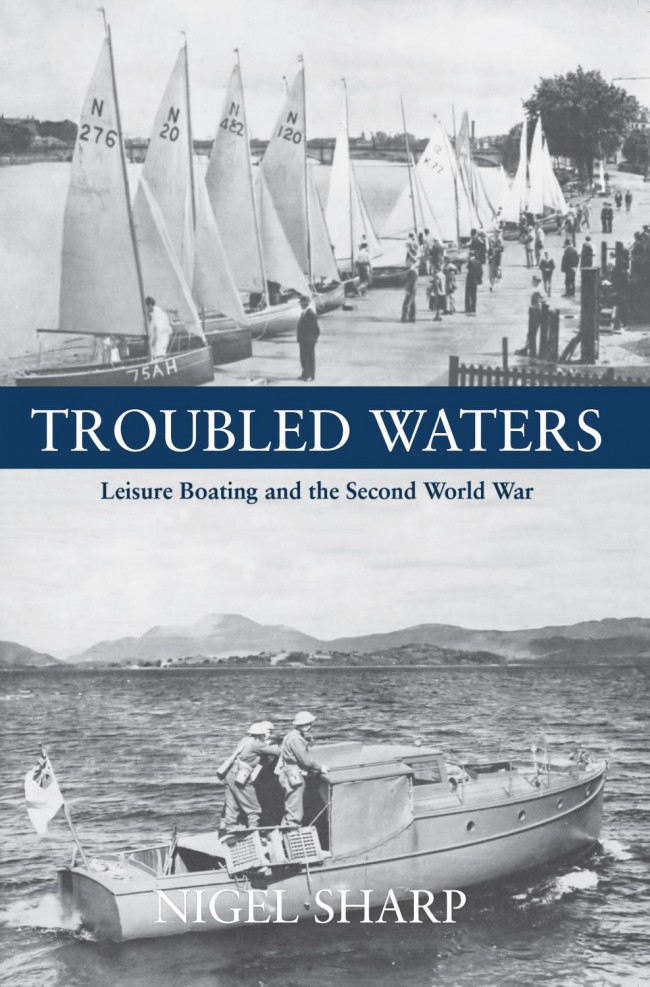
https://www.amberley-books.com/troubled-waters.html
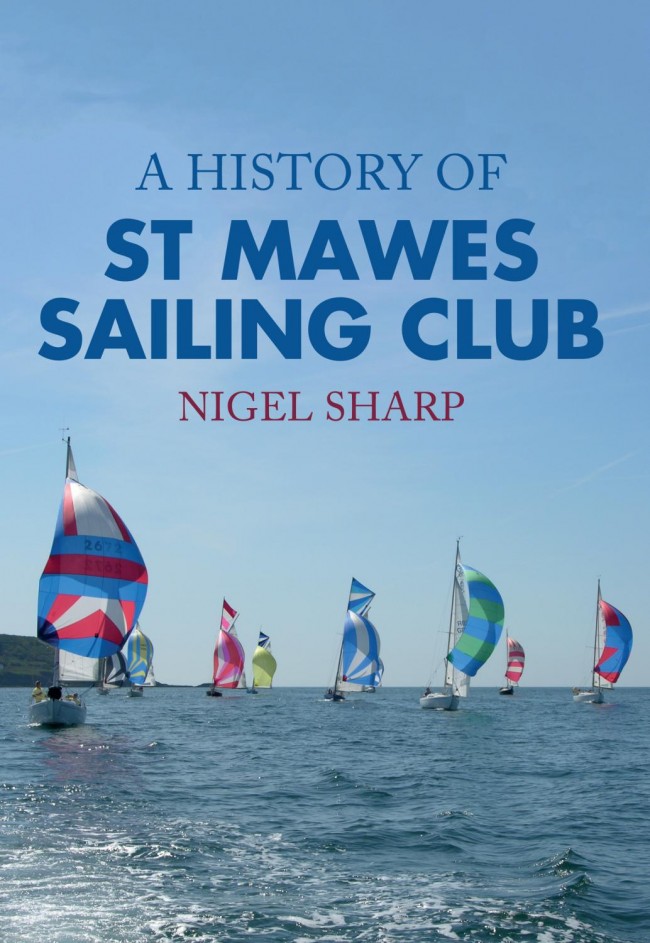
https://www.amberley-books.com/a-history-of-st-mawes-sailing-club.html
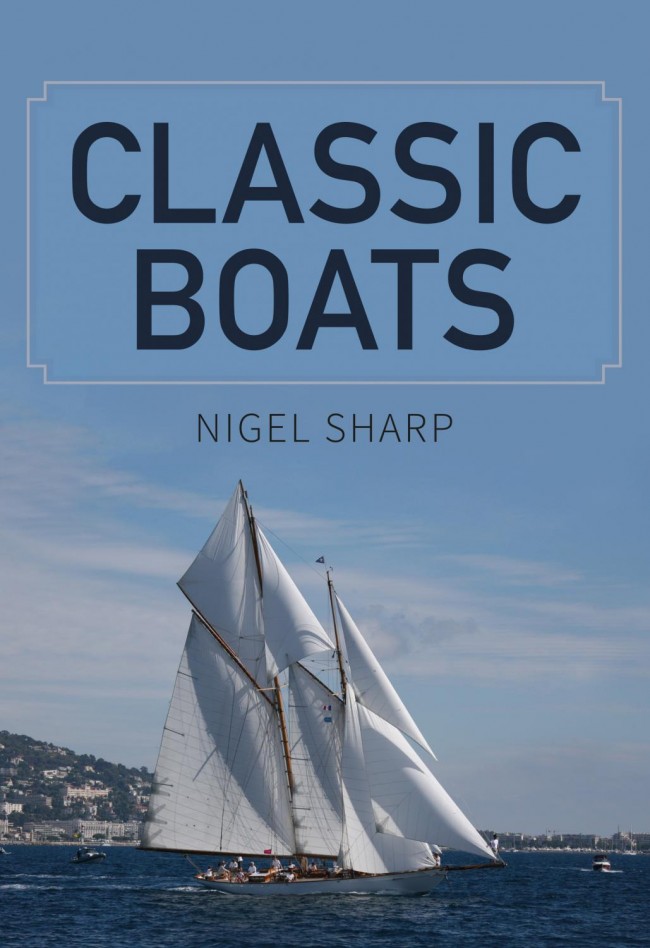
Featuring nearly 200 wonderful images of a variety of stunning boats, Classic Boats offers an accessible, beautifully illustrated guide to some of the boats that can currently be found at sea. With a range of vessels on display, some dating back more than a century, Nigel Sharp's passionate writing truly brings the subject to life and shows the tremendous variety of restored boats currently available. Classic boat regattas continue to grow in number and popularity, and the breath-taking range of restored boats shown in this lavishly illustrated volume offer some explanation of why they continue to captivate the hearts and minds of boating enthusiasts and the general public alike.
https://www.amberley-books.com/classic-boats.html
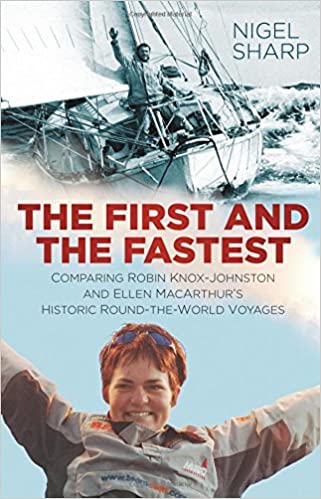
Whatever comparisons are made, the question as to which was the greater achievement is futile: both voyages were utterly remarkable.
MacArthur is no longer “the fastest”, of course – her time has since been beaten by three Frenchmen – but she is still the fastest British solo circumnavigator, while Knox-Johnston’s record as “the first” will be there for all time.
https://www.thehistorypress.co.uk/publication/the-first-and-the-fastest/9780750986946/